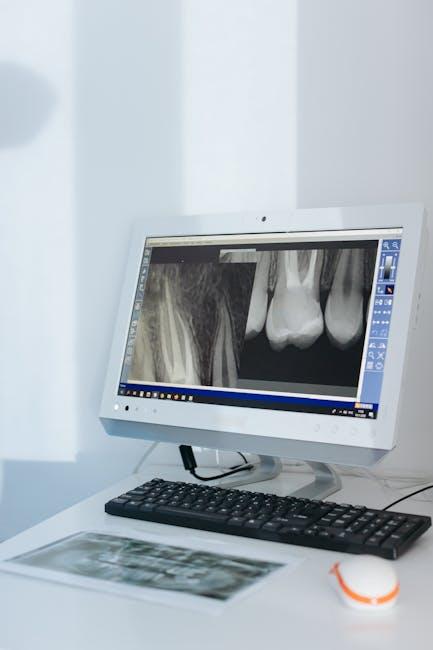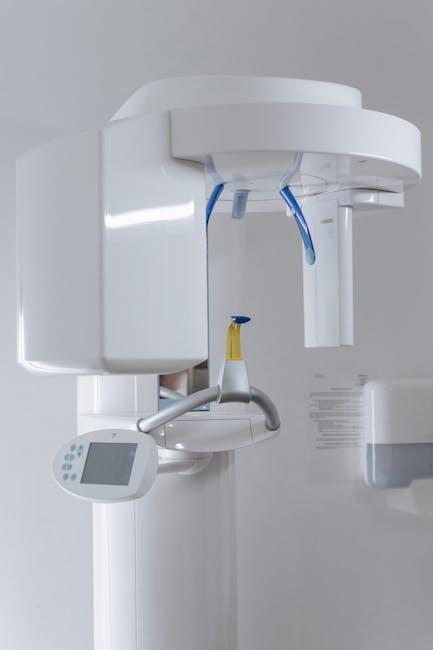
Challenges and Opportunities in Implementing Digital Technology in Dental Curriculum: A Review and Perspective – Cureus
Digital technology is revolutionizing education across all fields, and dental education is no exception. As dental schools strive to equip future professionals with state-of-the-art tools and knowledge, integrating digital technology into the curriculum has become imperative. This article explores the challenges and opportunities faced in implementing digital technology in dental curriculum, providing valuable insights, practical tips, and a forward-looking perspective for educators and administrators.
The Growing Role of Digital Technology in Dental Education
From 3D imaging and computer-aided design/computer-aided manufacturing (CAD/CAM) to virtual reality and digital patient records, technology has become central to modern dental practice. Incorporating these technologies into dental education prepares students for real-world innovations, improving clinical competence and patient outcomes.
- Enhanced student engagement through interactive learning tools
- Improved precision in clinical procedures via simulation
- Increased accessibility to diverse case studies and digital resources
Key Challenges in Implementing Digital Technology in Dental Curriculum
Despite its many benefits, integrating digital technology in dental education is not without hurdles. Identifying and addressing these challenges can help institutions transition more effectively.
1. High Cost and Budget Constraints
Implementing digital tools such as intraoral scanners, virtual reality simulators, and 3D printers requires significant financial investment, often posing barriers for institutions with limited funds.
2. Faculty Training and Resistance
Many dental educators may lack experience or confidence in new technologies, leading to resistance or ineffective teaching unless comprehensive training programs are provided.
3. Curriculum Overload and Integration Issues
Balancing traditional teaching methods with digital learning tools can overwhelm curricula, creating scheduling conflicts and potential gaps in core knowledge.
4. Infrastructure and Technical Support
Reliable internet, up-to-date hardware, and ongoing IT support are essential. Many schools face infrastructural challenges that can compromise technological use and learner experiences.
5. Student Adaptability and Digital Literacy
Not all students possess equal levels of digital literacy, which may lead to unequal learning outcomes if digital instruction is not scaffolded properly.
Opportunities Presented by Digital Technology in Dental Curriculum
Despite challenges, digitalization opens unparalleled avenues to transform dental education for the better.
1. Personalized Learning and Adaptive Curriculum
Digital platforms can offer tailored learning experiences, allowing students to progress at their own pace and revisit complex topics as needed.
2. Simulation-Based Clinical Training
Virtual reality and haptic simulators provide risk-free environments where students can practice procedures, enhancing skills before patient interaction.
3. Remote Learning and Accessibility
Digital content supports distance education and can extend expert instruction to underserved regions, widening access to quality dental education.
4. Data-Driven Educational Insights
Learning analytics help educators identify student challenges early, refine teaching strategies, and improve curriculum effectiveness.
5. Fostering Innovation and Research
Integrating technology encourages students to engage in research and innovation, driving advancements in dental techniques and materials.
Benefits of Digital Technology in Dental Education
| Benefit | Description |
|---|---|
| Improved Clinical Competence | Hands-on experience with digital tools prepares students for modern practice standards. |
| Enhanced Engagement | Interactive modules and gamification increase motivation and knowledge retention. |
| Standardized Assessment | Digital simulations allow consistent evaluation of student skills. |
| Resource Efficiency | Digital records and virtual cases reduce material wastage and logistical challenges. |
| Collaborative Learning | Cloud platforms enable teamwork and peer feedback across distances. |
Practical Tips for Dental Schools Implementing Digital Technology
- Start Small: Pilot projects on specific modules help test and refine tech adoption before wide rollout.
- Invest in Faculty Development: Continuous training ensures educators stay confident using new tools.
- Engage Students Early: Gather feedback on digital tools and incorporate into iterative improvement.
- Ensure Technical Support: Dedicated IT teams should be in place to troubleshoot promptly.
- Blend Traditional and Digital Learning: Hybrid models allow students to gain the best of both worlds.
Case Study: Successful Digital Integration at a Leading Dental School
At University X, digital scanners and VR simulators were introduced gradually over two years. Faculty undertook workshops to master the technology, while students participated in focus groups providing feedback. The school reported:
| Metric | Outcome |
|---|---|
| Student Satisfaction | Increased by 30% |
| Clinical Skill Scores | Improved by 25% |
| Course Completion Rates | Improved consistency and timeliness |
| Faculty Confidence | Markedly enhanced via ongoing training |
Firsthand Perspective from Dental Educators
Dr. Jane Smith, DDS, Educator: “Integrating digital technology initially felt overwhelming, but seeing students benefit from immersive simulations made all efforts worthwhile. It has truly changed how we teach and how students learn.”
Prof. Mark Johnson, Curriculum Developer: “We must balance enthusiasm for technology with pedagogical goals. Technology for technology’s sake won’t improve education; it must be thoughtfully integrated.”
Conclusion
Integrating digital technology into dental curriculum offers transformative opportunities to elevate education quality, clinical competence, and accessibility. While challenges such as cost, training, and infrastructure are real, strategic planning, faculty engagement, and student-centered approaches can overcome obstacles effectively. As dental education evolves, embracing digital advances with a balanced, well-supported framework promises to prepare future dentists for a dynamic, technology-driven profession. Institutions investing in this evolution will better serve their students and the broader healthcare community.
If you’re part of a dental school or educational institution considering digital technology integration, take the insights shared here as a foundation to develop a tailored, sustainable approach that leverages the best of innovation while addressing practical realities.


